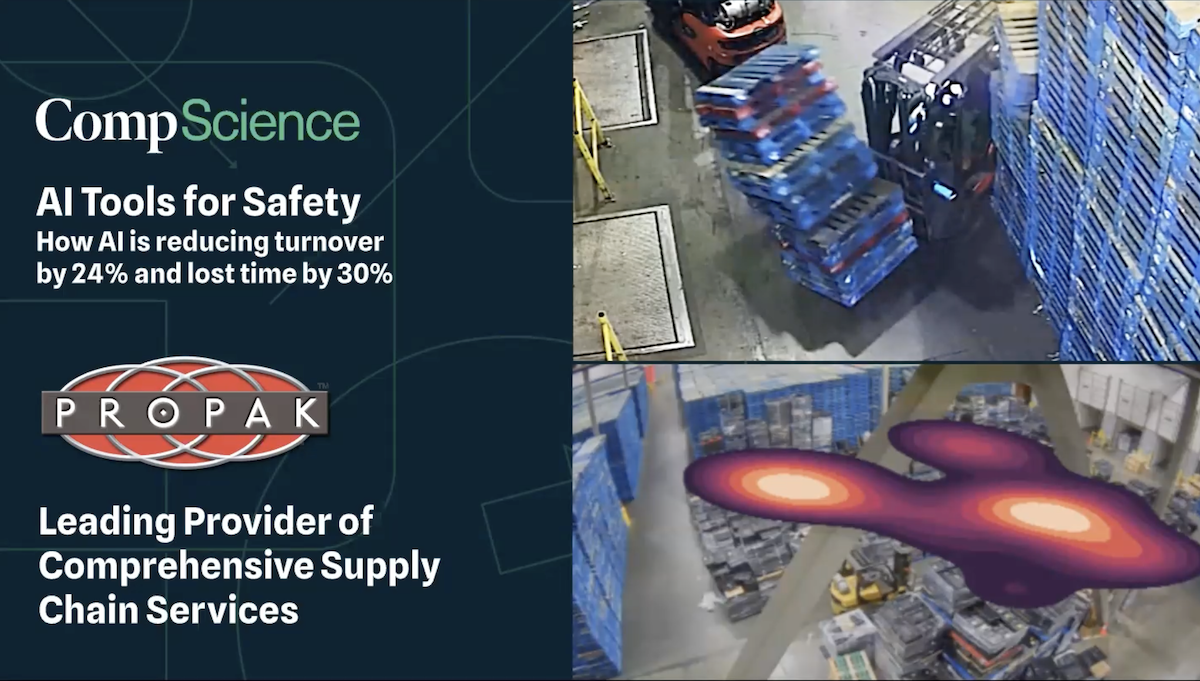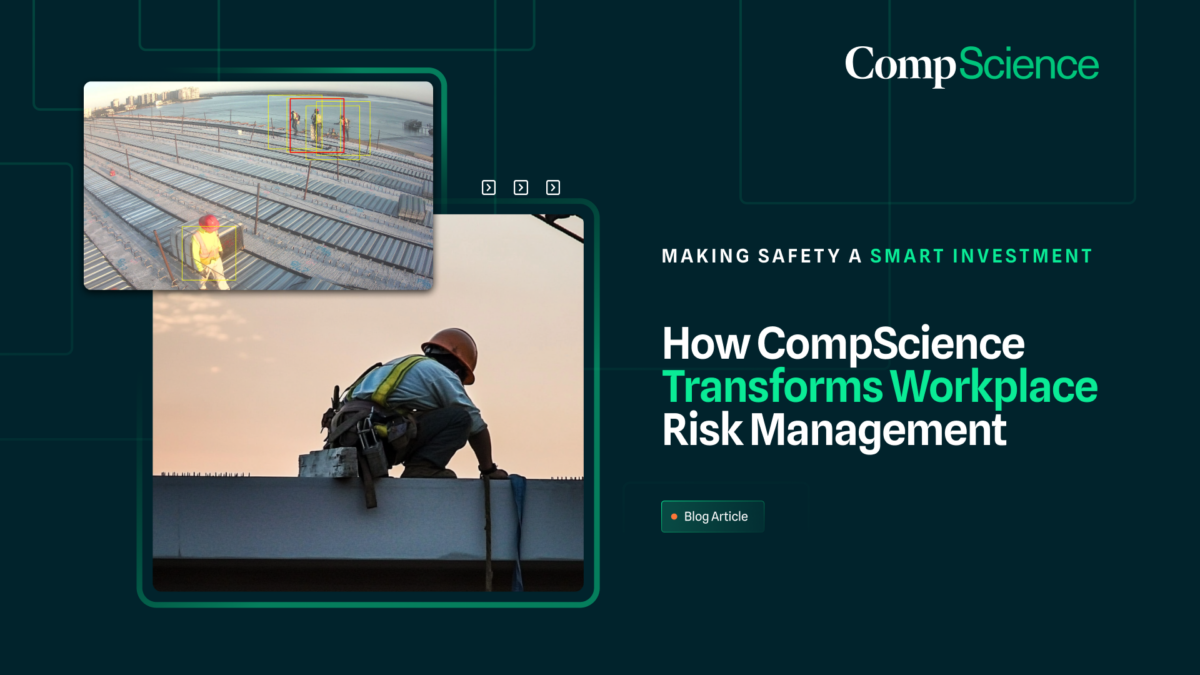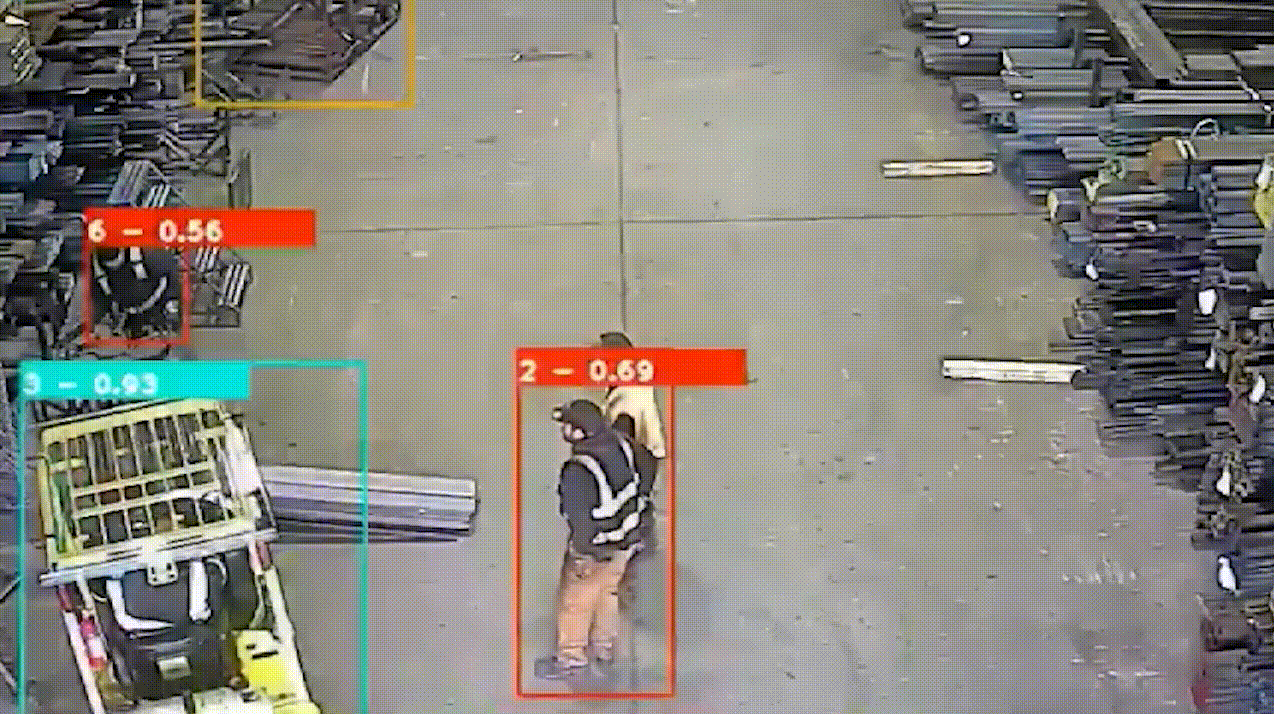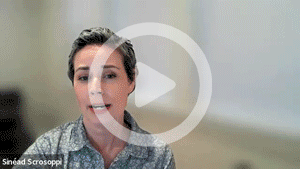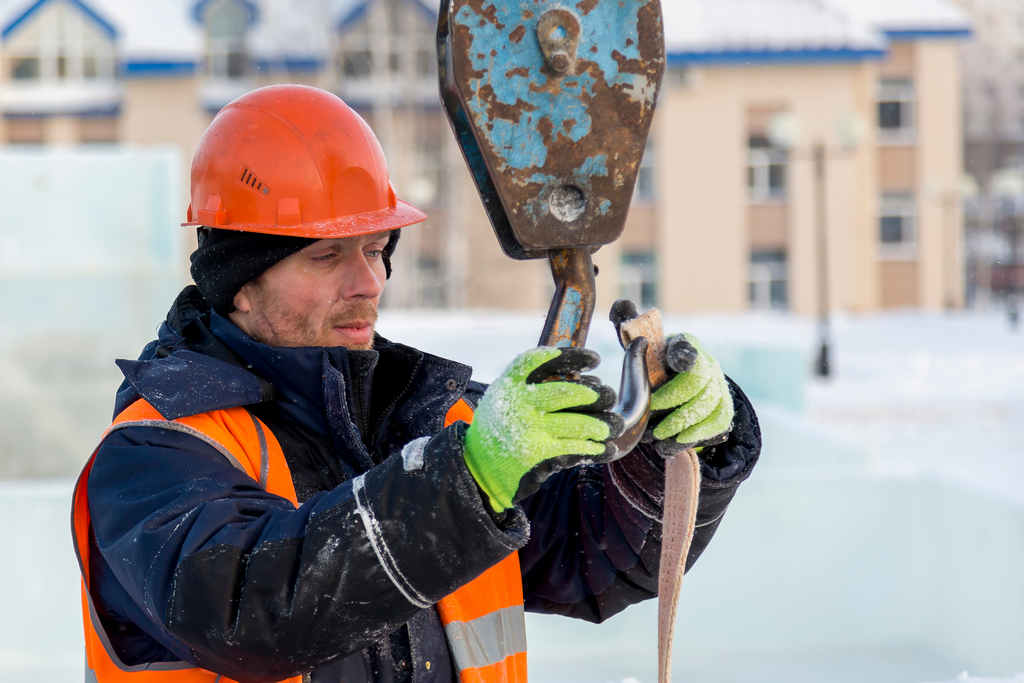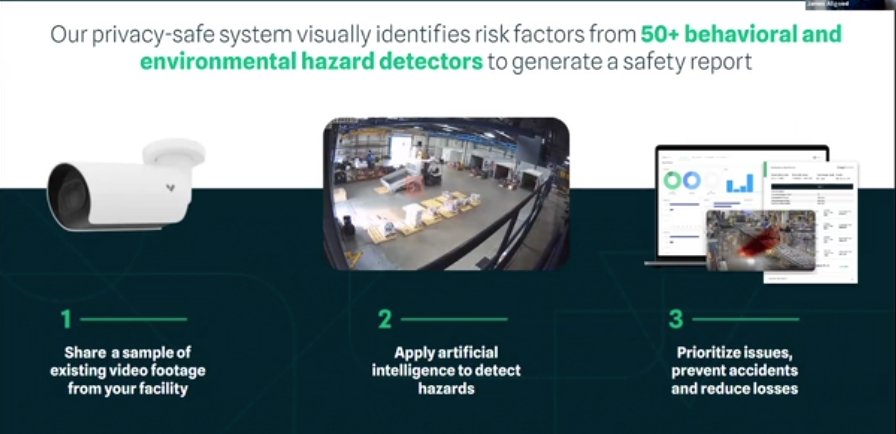Ergonomics, Resources, Workplace Safety
Video: Repetitive Stress Prevention. Detecting Bending and Lifting Heavy Objects with AI.
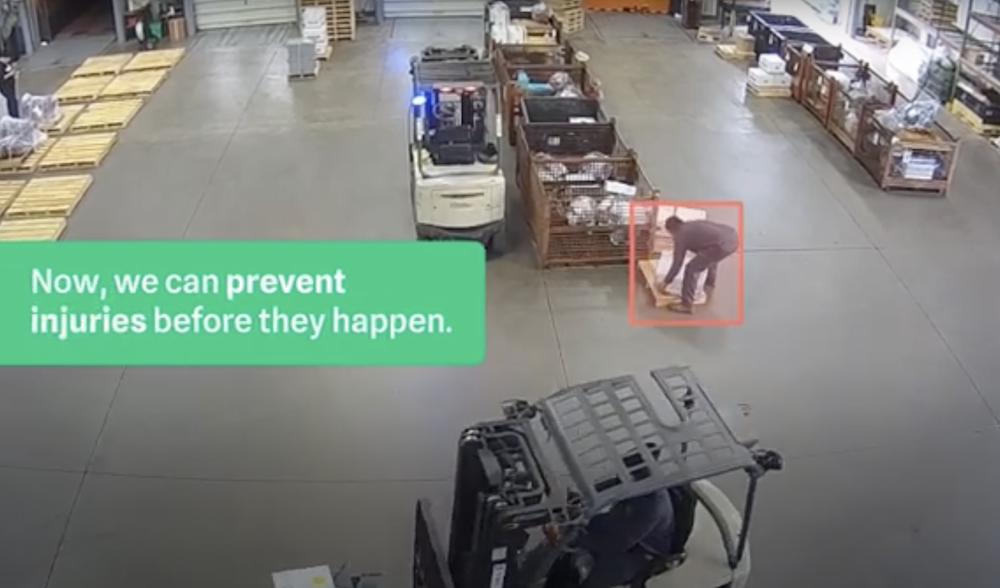
Bending and lifting heavy objects often is not seen as a concern, but the reality is that the probability of injury increases with each repetition of the task. This is because repetitive motions, such as bending and lifting, can put stress on the same body parts and lead to repetitive stress injuries over time.
Now, though, safety managers can detect and report on these issues with AI, radically lowering injury rates. Get a demo.
The consequences of these injuries can be significant and long-lasting. In some cases, workers may become disabled and unable to perform their job duties. This can result in lost income, decreased quality of life, and a significant financial burden on the worker and their family. Additionally, it may also lead to a potential lawsuit against the employer, which can result in significant legal expenses and a negative impact on the company’s reputation.
Fortunately, it is possible to prevent these injuries from happening. Employers can take proactive steps to protect their employees by implementing safe work practices and providing proper training on how to lift and carry heavy objects. This may include the use of tools and equipment that reduce the strain on the body, such as lift assists and mechanical conveyors, and encouraging workers to take regular breaks and stretch throughout the day.
In conclusion, while bending and lifting a heavy object once may not seem like a big deal, the reality is that the probability of injury increases with each repetition of the task. Employers can take steps to prevent these injuries and protect their employees by implementing safe work practices and providing proper training. By doing so, they can help ensure a safe and healthy work environment for all employees.

